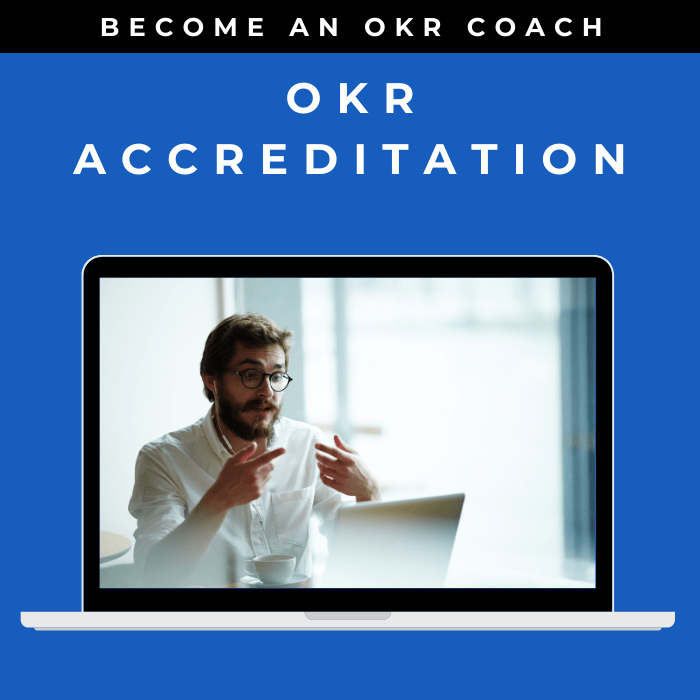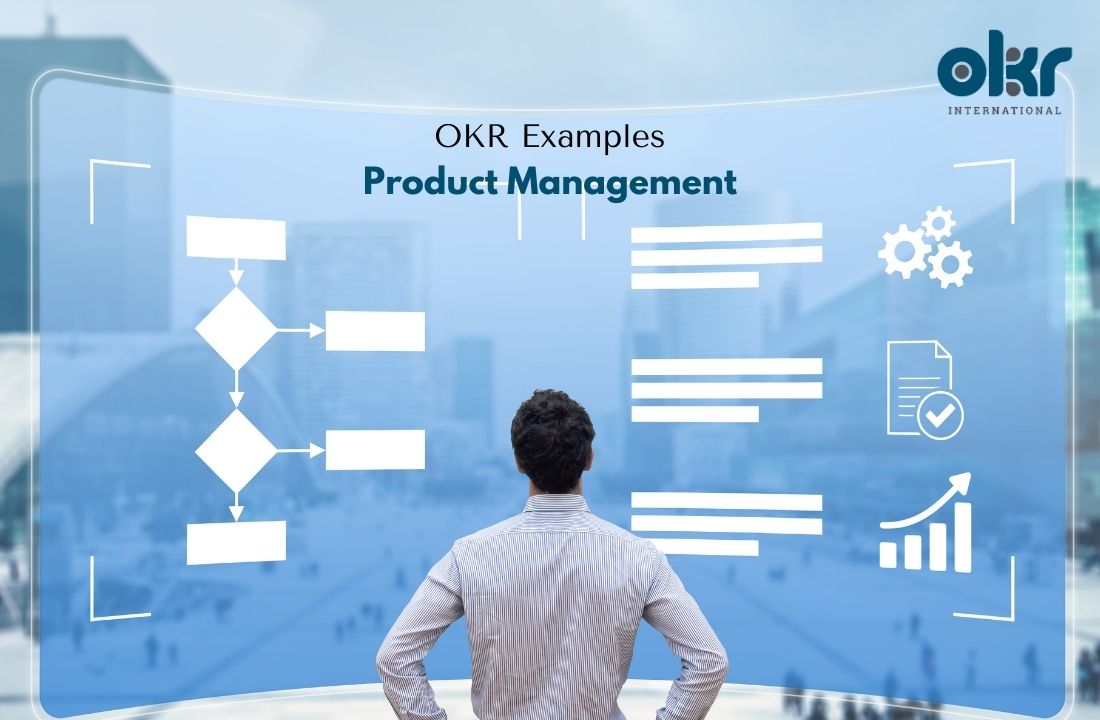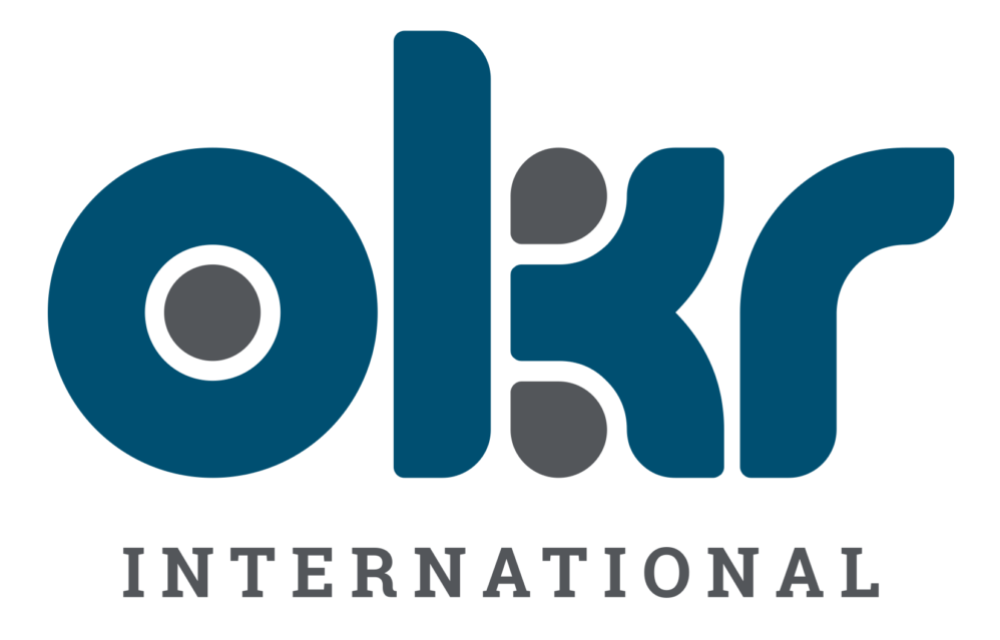10 Monumental OKR Examples in Product Management
Product management is a crucial function in organizations, responsible for developing and delivering successful products to meet customer needs. Objectives and Key Results (OKRs) can provide a structured framework for product management teams to drive innovation, improve customer satisfaction, and achieve business goals. Here are ten monumental OKR examples in product management:
1. Increasing Customer Satisfaction
Objective: Enhance customer satisfaction by delivering exceptional products and experiences.
Key Results:
- Achieve a customer satisfaction score of 9 or higher based on surveys or feedback.
- Reduce customer support response time by 10% to improve issue resolution.
- Increase customer retention rate by 20% through product improvements and enhancements.
2. Accelerating Time-to-Market
Objective: Streamline product development processes to reduce time-to-market.
Key Results:
- Launch 3 new products or features within a specified timeframe.
- Shorten the product development cycle time by 10%.
- Achieve 80% on-time delivery of product releases.
3. Driving Product Innovation
Objective: Foster a culture of innovation and deliver innovative products to the market.
Key Results:
- Introduce 4 breakthrough or disruptive product features.
- Increase the percentage of revenue generated from new products or product enhancements to 15%.
- Conduct 3 customer research or ideation sessions to gather insights for future product innovation.
4. Enhancing Product Quality
Objective: Improve product quality and reliability to exceed customer expectations.
Key Results:
- Reduce product defects or bugs by 20% based on user-reported issues.
- Achieve a customer-reported quality rating of 8 or higher.
- Increase product reliability by improving mean time between failures (MTBF) to 20,000 hours.
5. Expanding Market Reach
Objective: Expand the market presence and reach of products.
Key Results:
- Enter 5 new market segments or target customer segments.
- Increase market share in a specific market or geographic region by 2%.
- Establish strategic partnerships or distribution channels to reach 20% more customers.
6. Enhancing User Experience
Objective: Deliver exceptional user experiences that delight customers.
Key Results:
- Improve product usability as measured by 70% increase in user satisfaction scores.
- Reduce user onboarding time by 10% through intuitive design and improved user guidance.
- Increase user engagement metrics such as average session duration or feature adoption rate by 20%.
7. Maximizing Revenue and Profitability
Objective: Drive revenue growth and optimize product profitability.
Key Results:
- Increase product revenue by 12% compared to the previous year.
- Achieve 10% growth in average revenue per user or customer.
- Improve product margin or profitability by 10% through pricing optimization or cost reductions.
8. Strengthening Cross-Functional Collaboration
Objective: Foster collaboration and alignment between product management and other departments.
Key Results:
- Establish 3 regular cross-functional meetings or workshops to improve communication and collaboration.
- Increase the number of successful product launches or updates resulting from effective cross-functional teamwork to 2 times a week.
- Receive positive feedback on cross-functional collaboration from 20% of team members in other departments.
9. Enhancing Product Analytics and Insights
Objective: Develop robust product analytics capabilities to drive data-informed decision-making.
Key Results:
- Implement 3 advanced product analytics tools or platforms within the next quarter.
- Increase product usage data availability and accuracy by 10%.
- Develop a dashboard or reporting system to track 3 key product performance metrics and insights.
10. Investing in Professional Development
Objective: Invest in the growth and development of product management professionals.
Key Results:
- Provide training or educational opportunities on product management best practices to 20% of the team.
- Establish 1 mentorship program to support career development and knowledge sharing.
- Achieve a 80% employee satisfaction rating with professional development initiatives.
By adopting these OKR examples in product management, organizations can drive innovation, enhance customer satisfaction, accelerate time-to-market, improve product quality, expand market reach, maximize revenue, strengthen collaboration, leverage data insights, and invest in professional development. These strategic objectives and key results serve as guiding principles for product management teams seeking to excel in their role and deliver exceptional products to the market.

When looking to set OKRs, it’s natural to want examples to ignite the thought process or simply compare yours to OKR Examples. Check out our compendium of OKR Examples here.
Explore Our Range of Services
Bring OKRs (Objectives and Key Results) to your organisation with our tried & tested OKR Framework.


OKR International’s highly acclaimed Certified OKR Practitioner Program is the first and only OKR accreditation endorsed by ICF & HRCI for continuing education units.
OKR International helps leaders create the alignment, engagement and result orientation needed for growth by offering OKR Advisory services.

Latest Posts
- 10 Key Adaptability Quotient Drivers of Agile Transformation You Can’t Ignore
- 3 Strategies to Make Agile Teams More Adaptable
- Adaptability and OKRs: How the Adaptability Quotient Drives Global Strategy Execution Success
- When Should You Change Your OKRs?
- 10 Roofshot OKRs to Stabilize HR and 10 Moonshot OKRs to Disrupt It



